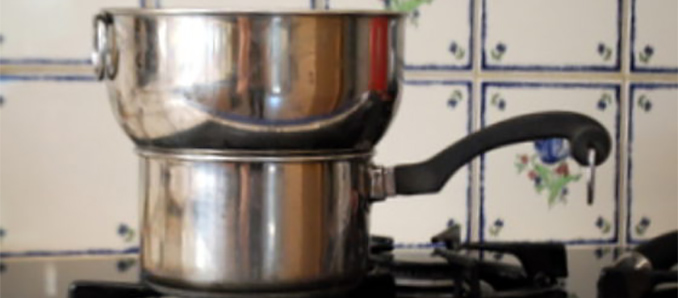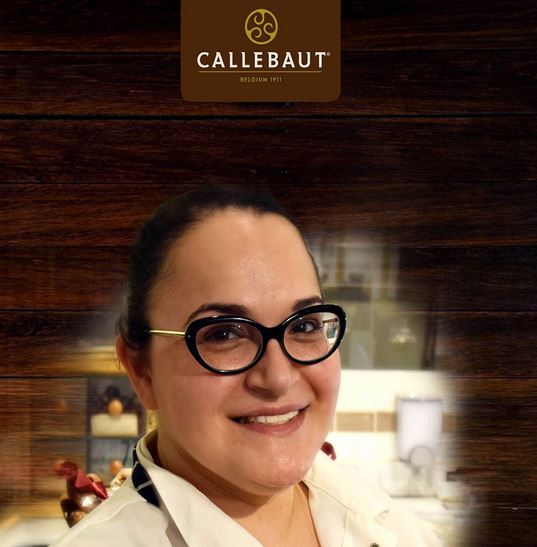Creating burrata is a craft that requires well-planned and accurate steps and the traditional process doesn’t call for the use of machinery: as a matter of fact, everything happens manually.
Resorts World & Grubhub Launch Mobile Ordering
Burrata starts off like any other cheese, with rennet added to warm fresh cow’s milk, the milk then begins to curdle and turns into cheese. As the curds thicken the whey separates and is drained off. At this point, just like mozzarella, boiling water is added and poured over the curds and the stretching starts. Mozzarella is one of the cheeses that Italians call “a pasta filata” , which means stretched curd cheese. It’s a long process which, at the end, creates a supple and shiny cheese. At this point, it is exactly like a mozzarella. To make the burrata, a piece of this mozzarella needs to be pulled into a ribbon and then shredded, put into a basin of thick cream (the one which forms on top of fresh milk)and mixed with it. The “mastro casaro” hollows out a pouch of the mozzarella and fills it with a dollop of the creamy mixture, seals the top and ties it: and there is the burrata, with its delicious filling.
The finished burrata is traditionally wrapped in the leaves of asphodel, a beautiful flowering plant very common in Apulia. The leaves should still be green and bright when the cheese is served or sold: that would indicate the cheese’s freshness.
Read Also: Resorts World Las Vegas & Grubhub Launch Unique Mobile Order
The origin of burrata
The famous saying: “Necessity is the mother of invention” has never been as appropriate as in this case. In the 20th century, when “mastro casaro”(cheese monger) Lorenzo Bianchino Chieppa created burrata in Apulia, he was looking for a way to recycle the leftovers of the pasta spun out of the mozzarella processing, as well as preserving freshly-drawn milk – when the weather conditions were harsh, particularly in winter, cheese morgers would have trouble reaching the nearby towns to deliver milk, and they would have to post pone the deliveries, thus having to preserve the milk. Lorenzo Bianchino ingeniously managed to achieve that by combining mozzarella leftovers with the cream which naturally forms on top of fresh milk and, in order to keep is freshness, he modeled a sort of “basket” with mozzarella spun dough and using the so called “bottleneck” technique he gave it the shape of a giant dumpling.







